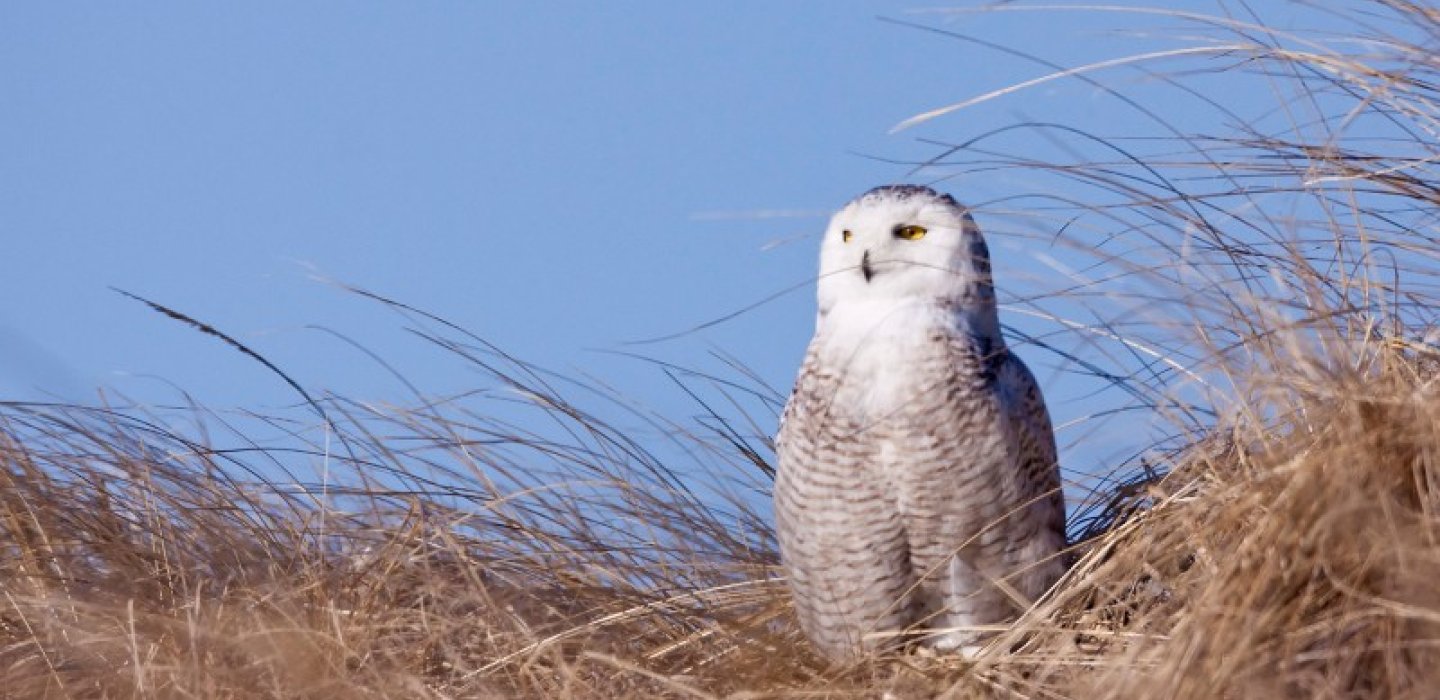
Winter's White
We associate this time of year with white fields, snow-laden forests, and softly falling snow that lies silently on the ground. The entire landscape becomes draped in a thick white comforter, the trees shrugging it with the next windy day as if waking from a dreamy state.
The animal world mirrors this pale coloring of the landscape. Snowshoe Hares and Ermine (Short-tailed Weasels) change to their white coats to better conceal themselves at this time of year. Snow Buntings, Snow Geese, and Snowy Owls move south into and through the region. And so-called white-winged gulls move down from the arctic for the relative ease of a North Country winter.
A Strange Year So Far
But this year has been easier than usual. Our weather has stubbornly resisted cold and snow, and Frosty the Snowman would have been Drippy the Snowman or Puddle the Snowman in our unseasonably mild December weather. It was not a usual North Country Christmas and I was out with Wren running in shorts rather than cross-country skiing in layers. Call it El Nino. Call it climate change. Call it really weird.
Snowshoe Hares were suddenly exposed - a bone white rabbit on a brown background. And the bird life was quiet; still waiting to be forced south from Canada and the arctic where there wasn't enough cold or snow to propel them our way in search of respite. We frankly need cold weather to make winter birding exciting. This isn't simply a North Country concern or phenomenon either - it has been echoed along the Atlantic and the northeast. We need cold weather.

Cold Weather - Finally!
The only sign of snow for so long was the enormous flocks of Snow Geese feeding on our fields. They lingered longer than usual in the region - unconcerned by our warm weather. And then suddenly it happened. We finally had a few fronts which broke the monotony of rainy, un-wintry weather. Snow came with it and all of us who ski sang a song of joy in response. The Snow Geese began heading out in droves - long lines of white, glittering pearls against a cobalt, blue sky.
They were quickly replaced along the St. Lawrence River and the Champlain Valley with a wide diversity and abundance of waterfowl. Wintering field birds also responded to the arctic blast as Snow Buntings, Horned Larks, and Lapland Longspurs have been found in the fields around Malone and Fort Covington. Raptors have arrived from the north, and there have been reports of Rough-legged Hawks and Short-eared Owls further west in the St. Lawrence Valley, as well as a few sightings of Snowy Owls. Soon enough we will find the pale gray shape of Northern Shrikes hunting from the hedgerows and it will be time to explore the power plant at Robert Moses State Park.
Just across the county line in St. Lawrence County, Robert Moses is one of the best places in the North Country (perhaps the best place!) to look for Iceland and Glaucous Gulls - called white-winged gulls because of the lack of black or gray coloring in their wings which is present in many other gull species. I have seen large numbers of both species attracted to the swirling waters around the base of the dam which is often the only open water available to waterfowl and gulls during normal years of freezing temperatures. As our temperatures drop to a more seasonable number, the gulls will hopefully arrive in their wake. And while our weekend is predicted to be warm, it is not supposed to last and temperatures will fall again. It is a beautiful thing.
And so for this new year, birders across the region can raise a glass and cheer in the hope that white birds are coming our way- northern denizens driven by cold winds and an arctic which has largely been bottled up this season. But it won't be contained forever. Good birds are coming.
Plan your winter birding trip by checking out our dining, lodging, and outdoor recreation pages today!
Taking flight around the ADKs this week:
Eating out of the palm of your hand -- literally.

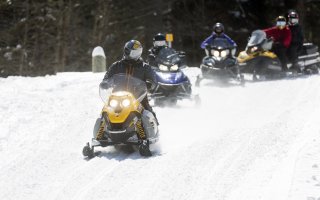
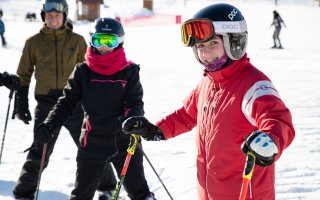
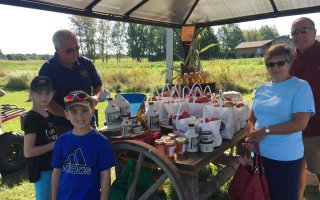
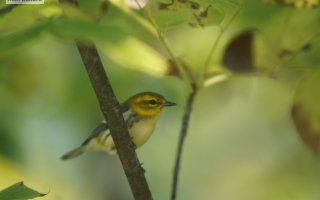
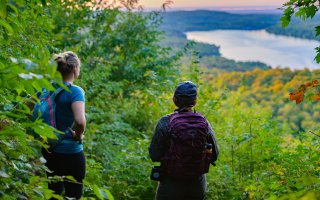
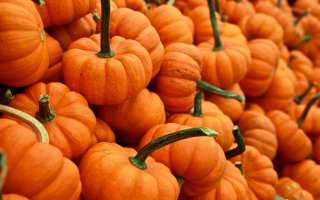
Comments
Add new comment